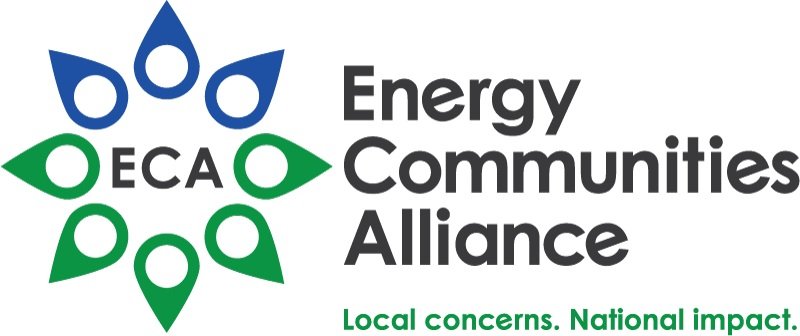ECA PROVIDES INSIGHT TO NEA ON MEANINGFULLY ENGAGING LOCAL COMMUNITIES IN DEVELOPING NUCLEAR PRODUCTION AND WASTE FACILITIES
In October, ECA was invited to provide keynote addresses at two Nuclear Energy Agency (NEA) events: the inaugural Symposium of the NEA’s Global Forum on Nuclear Education, Science, Technology, and Policy, hosted by the University of Michigan at the beginning of the month; and last week, at the Fourth NEA Stakeholder Involvement Workshop on Optimization in Decision Making: From Insight to Action, in Paris, France.
The Nuclear Energy Agency (NEA), an intergovernmental agency based in Paris operating within the framework of the Organization for Economic Co-operation and Development (OECD), facilitates cooperation among countries with advanced nuclear technology infrastructures. Its objective is to assist its member countries in maintaining and further developing the scientific, technological and legal bases required for a safe, environmentally sound and economical use of nuclear energy for peaceful purposes.
At the University of Michigan, ECA Director of Nuclear Policy, Kara Colton, spoke to close to 180 educators and nuclear engineering students from around the world about changing community perspectives on nuclear energy, the need for meaningful engagement and iterative communication with host communities, States and Tribes to build the trust necessary to successfully deploy advanced nuclear technologies.
At the NEA Stakeholder Involvement Workshop, with 130 participants from over 40 countries, Ms. Colton provided a keynote on the need for local engagement related to the back end of the fuel cycle, addressing issues including siting nuclear waste storage and disposal facilities and transportation.
Ms. Colton explained to both audiences that over the past five years, ECA has hosted and participated in many discussions focused either on advanced nuclear development or on the challenges of the back end of the fuel cycle, noting:
“What we found is, when talking about nuclear waste with potential host communities, of course, local leaders want to know that the facility will be safe. But they are also very focused on the economic development opportunities related to what will be a multi-generational project. Why should they agree to host it? What is the business case or value proposition? What are the potential benefits? Will there be jobs for people already living in the community? An interim storage facility alone, after construction, is not expected to create the large number of jobs these communities are looking for, so what projects make sense alongside an interim storage mission?
On the flip side, when talking about new nuclear development, communities are excited about new technologies, but they want to be sure that any waste generated will be safely managed and not remain stranded in their communities for decades beyond what was originally envisioned.”
In short, conversations about siting anything nuclear are conflating. Local leaders will have a hand in permitting and zoning; infrastructure upgrades at the municipal level; emergency preparedness and first responders; as well as workforce pipelines and supply chain development for any new build – whether a waste facility or energy production.
Thus, the better way to engage, Ms. Colton advised, is to take a holistic approach. ECA sees a real opportunity to consider the whole lifecycle – front end and back end – of a nuclear project with potential host communities so they can understand all the challenges and opportunities, identify their priorities and make informed decisions about what they do and do not want.
She then provided nine guiding principles for effective community engagement and what needs to be communicated to build the trust and support critical to success:
1. Approach local/municipal and community engagement as an integral part of project planning, just like licensing
2. Find out how the community works - from the community itself
3. Meet people where they are
4. Actively listen
5. Recognize history
6. Speak transparently and patiently to both real and “perceived” risks
7. Outline the short and long-term impacts and opportunities
8. Help create alignment around a vision for the future among the community, the state, and, when applicable, impacted Tribes
9. Find and build local champions and trusted voices
Colton explained that communities abroad are eager to support the “nuclear renaissance” our countries are now actively pursuing. ECA members recognize the vital and unique role they play as communities that are knowledgeable about – and largely driven by – the nuclear missions they already host. They can and want to speak honestly, transparently, to their peers in communities considering hosting any nuclear project for the first time. They want the same honesty and transparency from policy makers and project developers, as well.
Through their own histories, many of them as both civic and business leaders, local elected officials in energy communities understand and have been champions when faced with the challenges of nuclear expansion: public acceptance, trust in the federal government and the nuclear industry, safety and proliferation concerns, comparative energy costs and waste management. By leveraging the many lessons learned here and abroad – and by working as partners, not just stakeholders – with project developers, off takers, industry, policymakers, regulators and the trades, we can better ensure there are communities ready tomorrow to host the nuclear technologies under development today.
